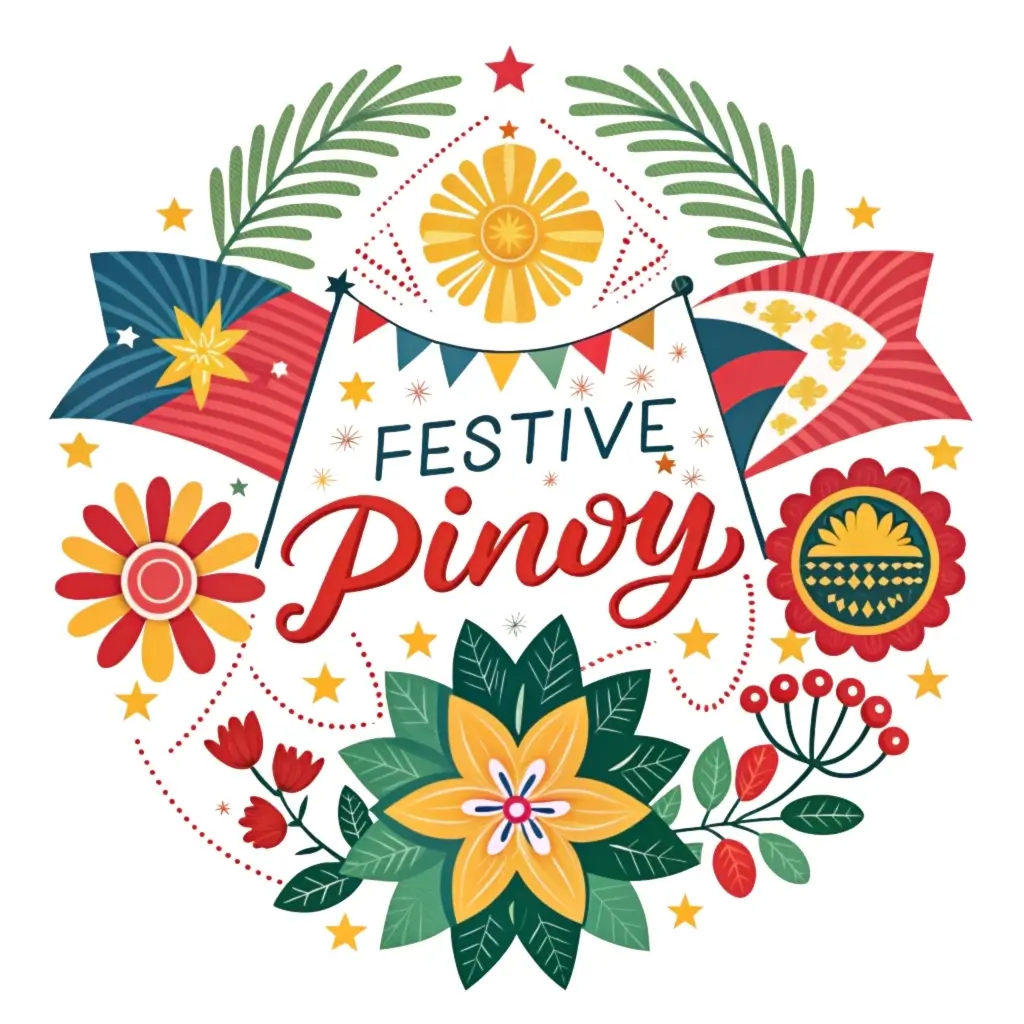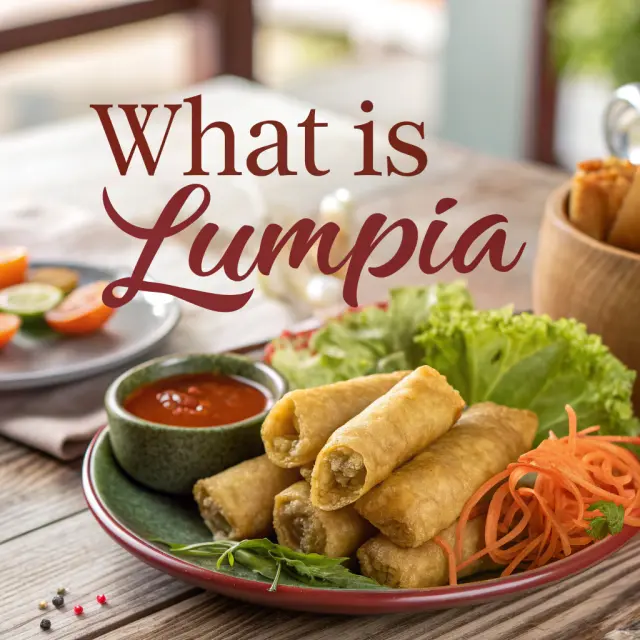What is Sinulog Festival
The Sinulog Festival is a cultural and religious event celebrated annually on the third Sunday of January in Cebu City, Philippines. It honors the Santo Niño (Child Jesus) and continues a tradition deeply rooted in Filipino culture and heritage.
History
The Sinulog Festival has a history spanning over 400 years, originating during the Spanish colonization of the Philippines. The term “Sinulog” comes from the Cebuano word sulog, meaning “like water current movement,” describing the forward-backwards dance steps performed in the Sinulog ritual.
Significance
This festival commemorates the acceptance of Christianity in the Philippines and strengthens a sense of community and identity among Filipinos. It includes week-long celebrations such as religious processions, street dancing, and fluvial parades.
Customs and Traditions
- Participants wear vibrant and elaborate costumes.
- The highlight is the grand parade featuring traditional dances performed to rhythmic drumbeats.
- Devotees join solemn processions to honor the Santo Niño.
Sinulog showcases the blend of cultural artistry and deep religious devotion that characterizes Filipino festivals. Colorful street dances, vibrant costumes, and lively music fill the air as participants pay homage to the Santo Niño. Alongside the celebrations, food stalls entice festival-goers with traditional Filipino dishes, with the famous sinigang recipe and variations among the highlights, demonstrating the culinary diversity of the Philippines. This event not only honors heritage but also fosters community spirit, inviting everyone to partake in the rich tapestry of Filipino culture.
Frequently Asked Questions
1. What is the origin of the Sinulog Festival?
The Sinulog Festival originated in Cebu City, tracing its roots back to the arrival of Ferdinand Magellan in 1521 when he presented the Santo Niño as a baptismal gift to Queen Juana of Cebu.
2. When is the Sinulog Festival celebrated?
The Sinulog Festival is celebrated on the third Sunday of January each year, with events typically spanning the entire week leading up to the main festival day.
3. What activities can tourists expect at the Sinulog Festival?
Tourists can enjoy watching vibrant street parades, cultural shows, the grand fluvial procession, and a variety of entertainment options like music festivals and food fairs throughout Cebu City.
4. How does the Sinulog dance reflect its cultural significance?
The Sinulog dance incorporates unique movements that mimic the flow of a river, symbolizing both the area’s cultural history and the waving acceptance of the new faith brought by the Spaniards.
5. Are there any tips for attending the Sinulog Festival?
Consider booking accommodations well in advance due to high demand, wear comfortable clothing for the festivities, and be prepared to join large crowds, ensuring you partake safely and respectfully.

